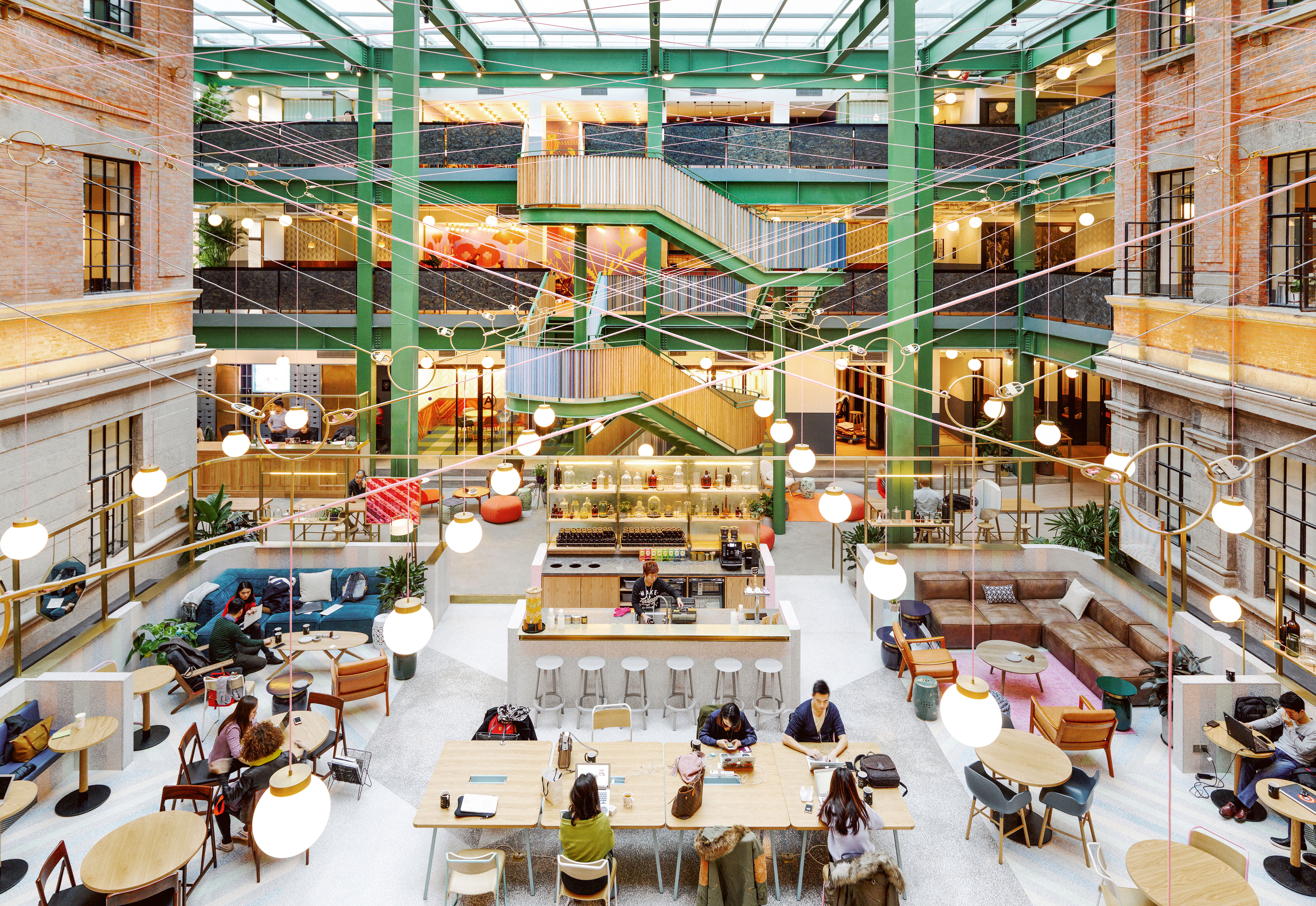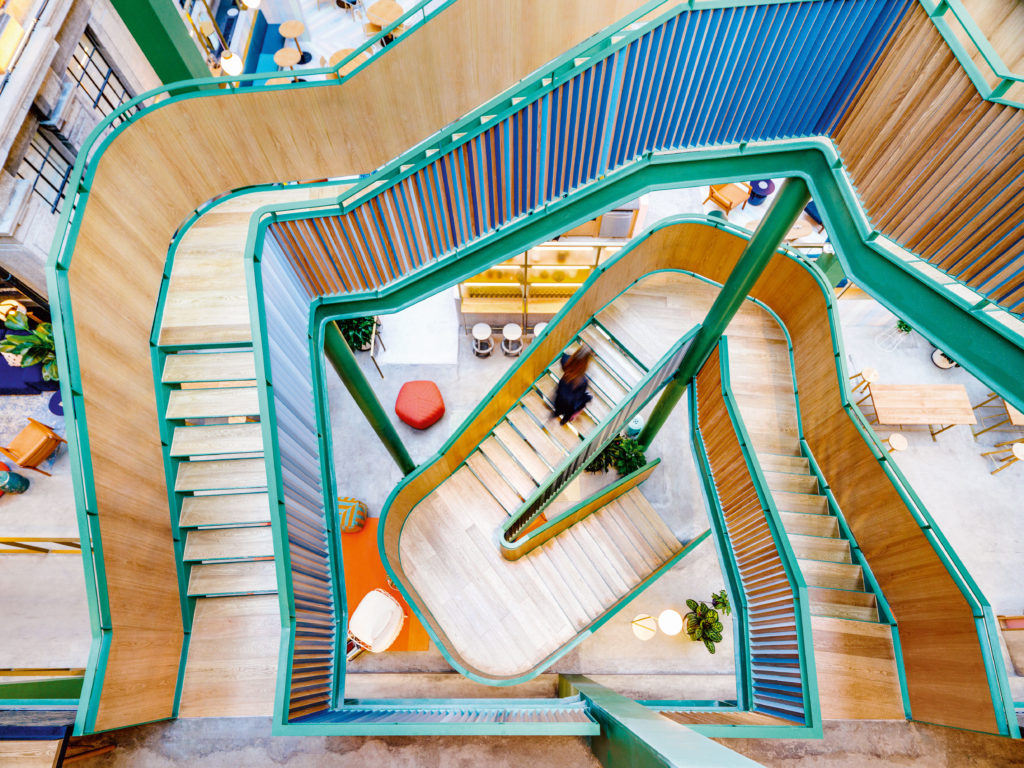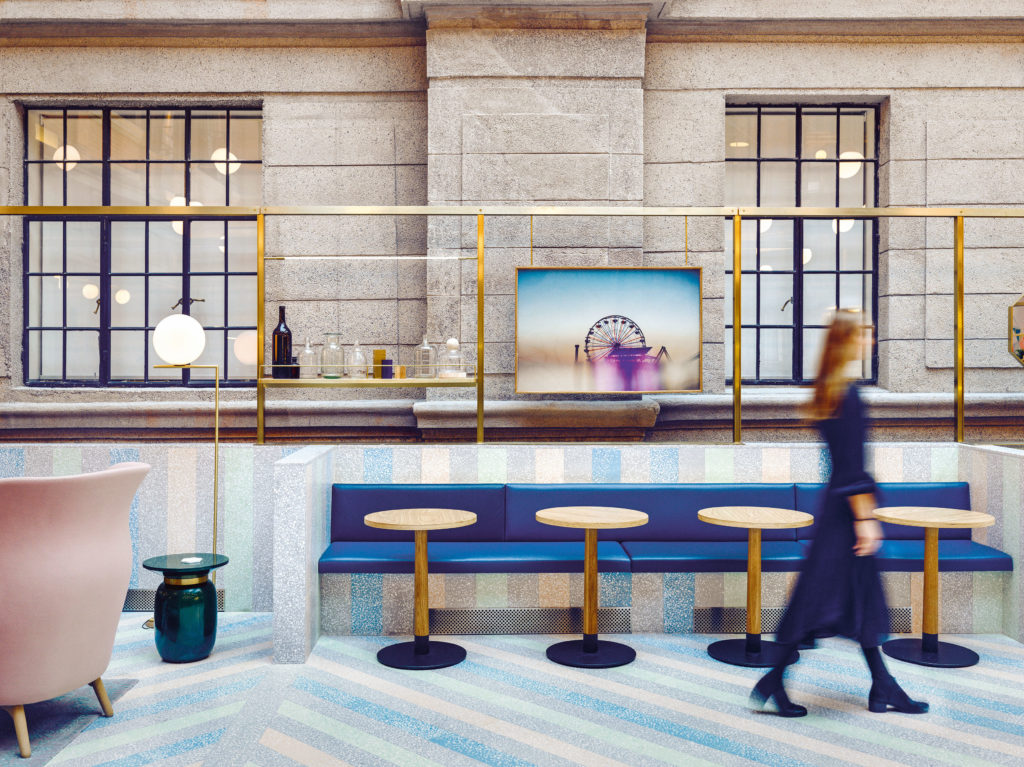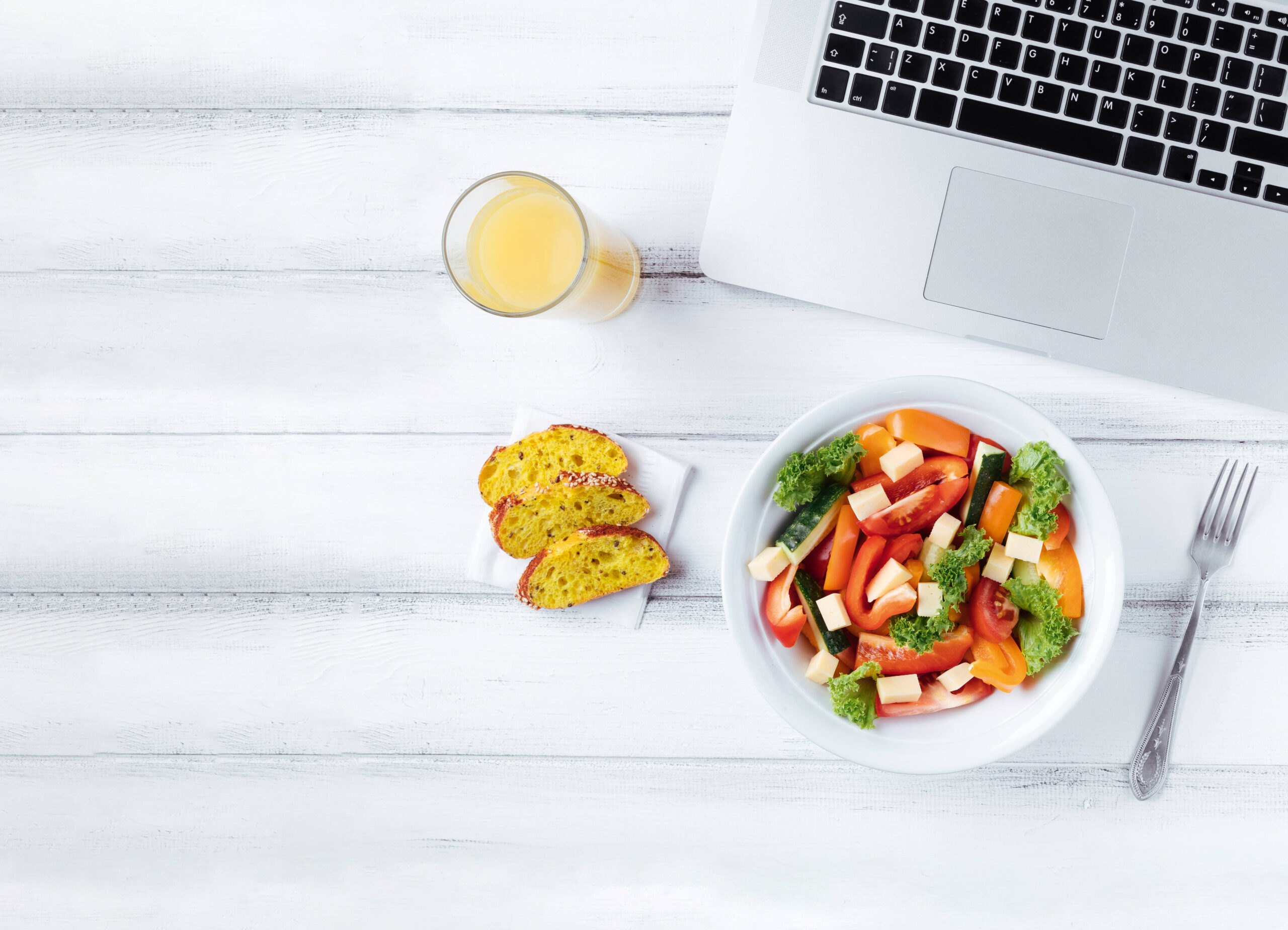A rush like back then.
By Wojciech Czaja, 06.07.2021

In a former opium factory in Shanghai, work is now colourful and cheerful. The New York coworking provider WeWork, in cooperation with the Chinese design firm Linehouse, has created a retro-tropical Oriental bouquet here that kind of blows your mind.
Opium has played a major role in Chinese culture since the Qing Dynasty. In the 19th and early 20th centuries, when the opium trade with Europe was at its peak, numerous opium factories sprang up all over China, especially in the port cities of Hong Kong and Shanghai. One of them still stands in the Jing’An district in the north of Shanghai city centre, a beautiful brick building with magnificent industrial charm. But instead of the psychic joy that the juice from the poppy seed capsule once brought, the people working here today mainly indulge in an intoxication of colour. Because: For several years now, the former opium factory has been used as a coworking space by the globally active provider WeWork.
“I can still clearly remember the very first impression,” says Luuk Strijbosch, community director of WeWork China, who manages and coordinates the US coworking offshoot in the Middle Kingdom. “I had just come to Shanghai, it was raining cats and dogs that day, but as soon as I entered the building I could feel an incredibly strong energy.” Today, after rigorous but at the same time careful conversion and renovation measures, the former factory complex shines as a lively, vibrant hub with colourful people – 1,300 members in total – and even more colourful architectural interventions. His favourite place, Strijbosch says you can’t blame him, is the atrium with its green steel staircase spiralling upward like a cheerful sculpture.
This is thanks to the Chinese design and architecture firm Linehouse. Founded in 2012, the company specialises in offices and contract architecture, and its concepts strive to combine traditional Chinese influences with a fresh but elegant language. “And I think,” says Briar Hickling, one of Linehouse’s two executive directors, “the result is not only bold in a cultural sense, but also conveys an incredible sense of joy, warmth and security. Where else can you find chic vintage-look armchairs alongside wood, steel, brass, wild wallpaper, crazy tile patterns and traditional Chinese ceramics? We wanted to build a happy living room. And I think we succeeded in doing that.”
The heart of the revitalised WeWork factory is the former inner courtyard, which has now been covered with glass, extended by a flanking steel structure and developed into a large, heterogeneous atrium. “We really wanted to celebrate this space,” Hickling says. The ingredients of this lush, retro-tropical Oriental bouquet are a sleek, elegant bar, mid-century furniture like something out of Grandma’s living room, wildly patterned fabrics, colourfully mixed materials, seemingly floating globe lamps, various rubber tree plants and lots of ivy-green colour.
Colourful striped terrazzo with different colours and aggregates was used on the floor and in the parapet area. The floor was cast solidly, the vertical parapet was delivered to the construction site in individual prefabricated parts and then bonded with mineral adhesives, sanded and oiled. “That part was very costly in terms of materials and logistics,” the designer says. “And financially, terrazzo isn’t exactly a bargain either in these quantities and manufacturing methods. But when you look at the old massive stone base of this building, you immediately notice how the old and new enter into a beautiful dialogue with each other. In a way, it seems to me that we owed it to the building to take that element and reinterpret it with a modern building material.”
The cool terrazzo floor is complemented by visually warm and tactile absorbent materials such as wood, textile and brushed brass. The furniture is a wild mix of brands from all continents – from Tiwu to Muuto to Why Not. In the corridors you will discover art by contemporary artists. And in the toilets and conference rooms, you’ll come across newer and crazier wallpaper and tile products every few feet, which Briar Hickling designed herself with her partner Alex Mok. “Enjoying living and working,” say the pair, “is something holistic for us. And if you take the job seriously, the design work extends to the very last tile joint.”
WeWork operates around 800 coworking spaces in more than a hundred cities worldwide – including exotic business destinations such as Haifa, Suzhou and Monterrey. The factory with 5,500 square metres in Jing’An is certainly one of the most spatially powerful and atmospherically awesome coworking landscapes the New York-based hub provider has ever created. “In the last ten years, work has changed massively,” says Luuk Strijbosch. “Today, it’s more about people from different industries and offices interacting with each other and exploring areas of debate for collaboration than it is concentrated work. Here, in this place, we’ve created a real centre of gravity where it’s hard to escape this magnetism of togetherness.” A rush like back then, only different.
Wojciech Czaja
Photos: Linehouse/Jonathan Leijonhufvud






